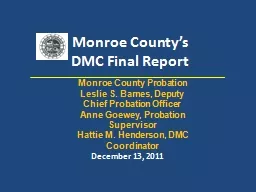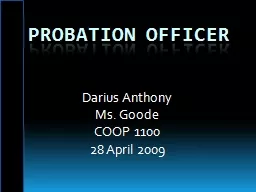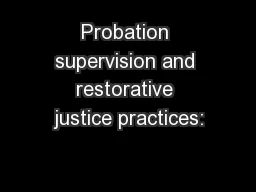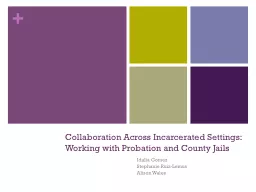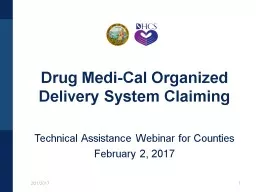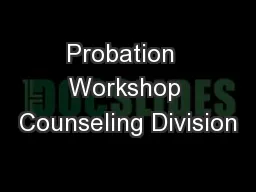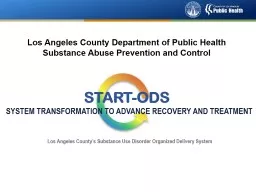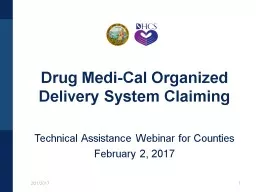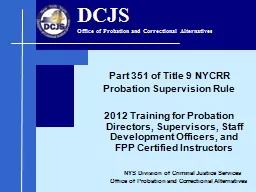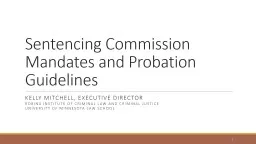PPT-Monroe County’s DMC Final Report December 13, 2011 Monroe County Probation
Author : phoebe-click | Published Date : 2019-11-01
Monroe Countys DMC Final Report December 13 2011 Monroe County Probation Leslie S Barnes Deputy Chief Probation Officer Anne Goewey Probation Supervisor Hattie M
Presentation Embed Code
Download Presentation
Download Presentation The PPT/PDF document "Monroe County’s DMC Final Report Decem..." is the property of its rightful owner. Permission is granted to download and print the materials on this website for personal, non-commercial use only, and to display it on your personal computer provided you do not modify the materials and that you retain all copyright notices contained in the materials. By downloading content from our website, you accept the terms of this agreement.
Monroe County’s DMC Final Report December 13, 2011 Monroe County Probation: Transcript
Download Rules Of Document
"Monroe County’s DMC Final Report December 13, 2011 Monroe County Probation"The content belongs to its owner. You may download and print it for personal use, without modification, and keep all copyright notices. By downloading, you agree to these terms.
Related Documents

